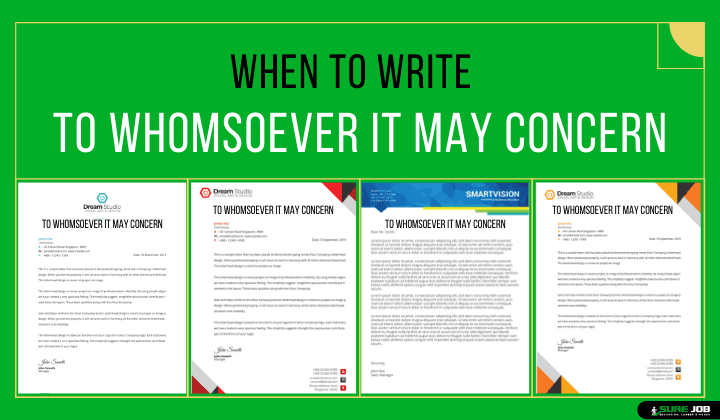

In addition, using this greeting can make you look lazy. Because it is an old standard, it can sound stuffy, and those who don’t conform to binary genders may be offended by this salutation - not the way you want to start off your first interaction with a potential employer. While the classic greeting, “Dear Sir or Madam,” is still acceptable, it should be used with caution. In this article, you’ll learn how to think this through so that you can decide what is most appropriate for your situation. So, how do you know which one to use? Should you put “Dear Sir or Madam,” “ To Whom It May Concern,” or the person’s name? It sets the tone for the rest of your letter and can create a strong first impression, or it can make it difficult for you to win the reader over with the rest of your letter. One of the trickiest and most powerful of these nuances is your salutation. Having a grasp on the connotations of different formats, greetings, and sign-offs involved in professional correspondence can help you make the best impression possible, especially when you’re writing a cover letter to go with your resume.

It can be difficult and even annoying to try to understand the nuances of this communication style, especially since it isn’t the most common method of communication anymore, but it’s worth putting in the effort. Standards of etiquette are always changing, and the norms of business letter writing are no different.


 0 kommentar(er)
0 kommentar(er)
